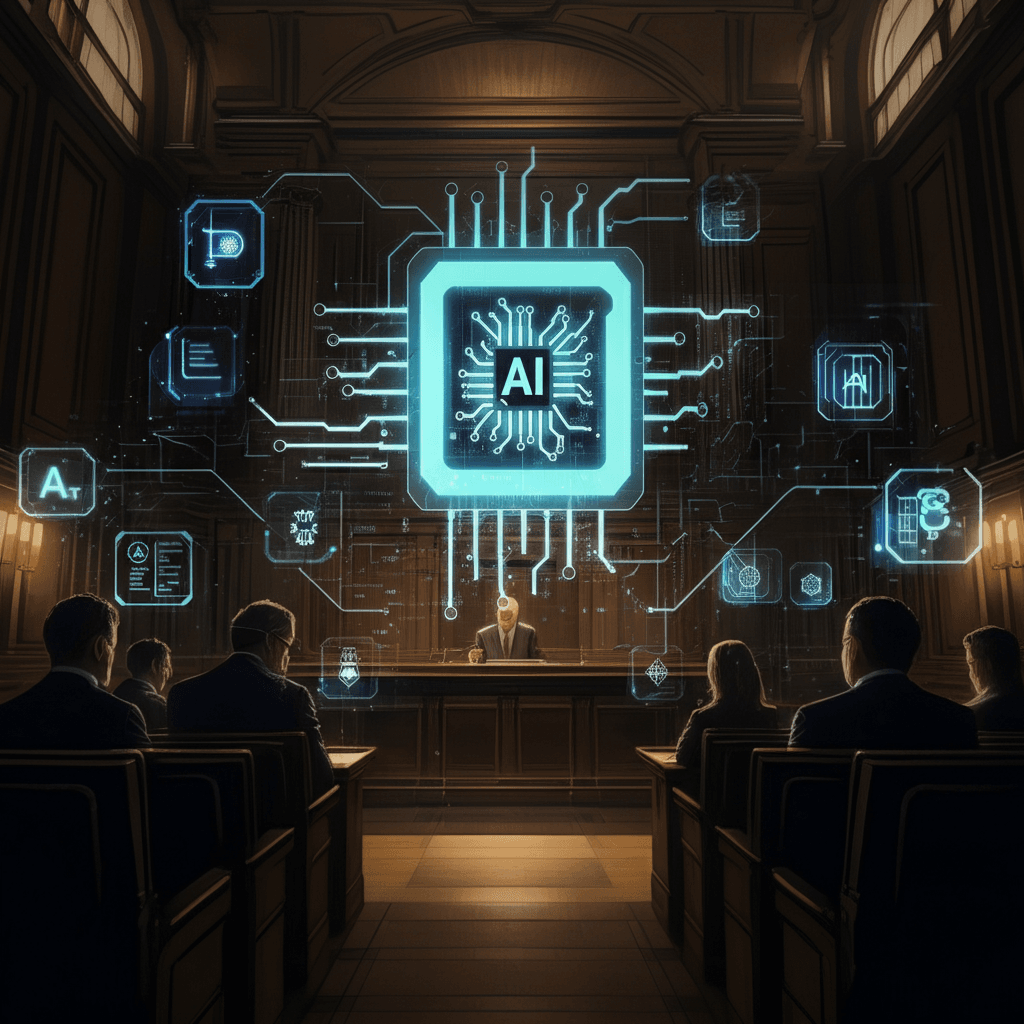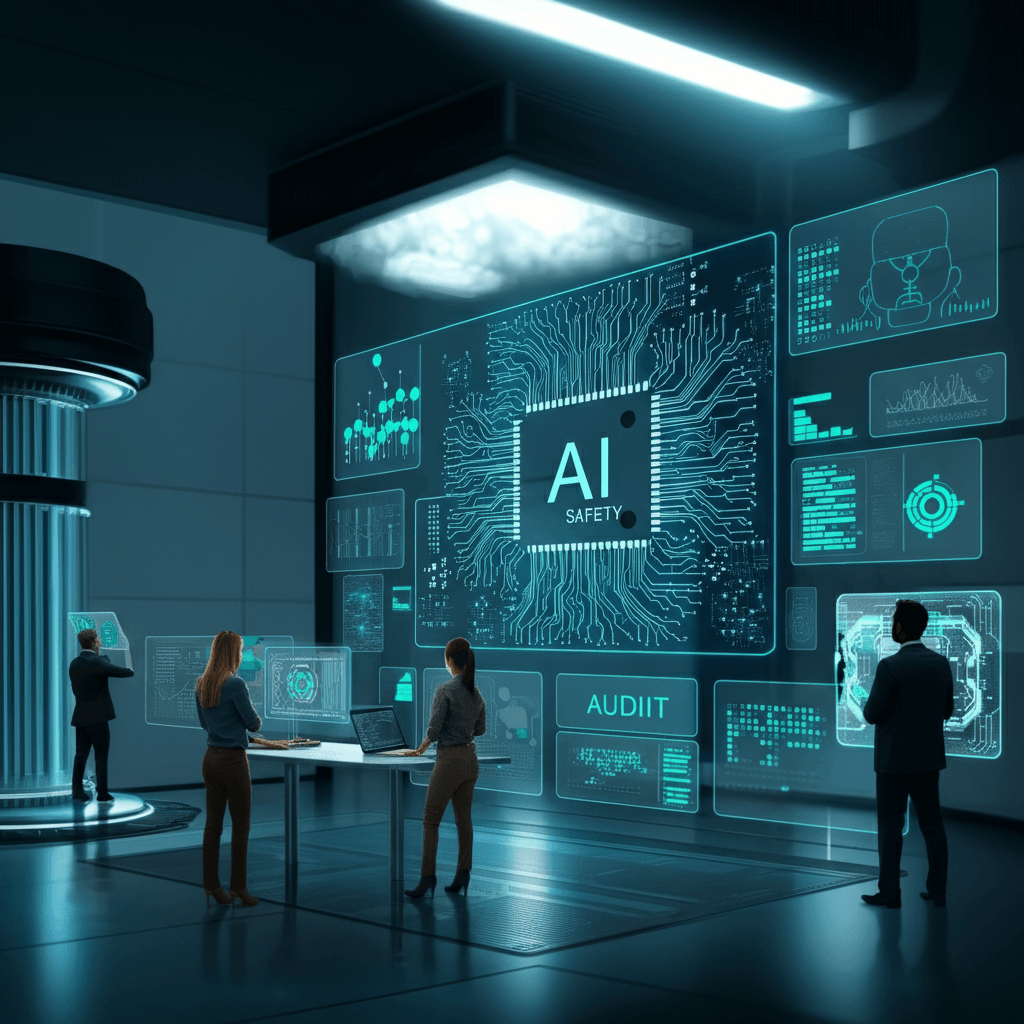Artificial intelligence (AI) has dramatically reshaped industries, economies, and societies in recent years. From streamlining healthcare and automating production to driving autonomous vehicles and creating personalized experiences, AI’s potential seems limitless. However, behind this rapid and wide-reaching adoption lies a critical question that nations, organizations, and societies must grapple with—how do we ensure AI is used responsibly, ethically, and equitably?
Governments around the globe are racing to establish frameworks to regulate AI development and usage. The objectives are multi-faceted—promoting innovation, ensuring safety, addressing bias, and mitigating potential risks to society. Yet, as AI outpaces traditional regulatory methods, many ethical dilemmas and challenges are surfacing. This article explores these regulatory efforts, the global challenges of defining boundaries for AI, and the ethical implications of this technological breakthrough.
Introduction to AI Regulation
The rapid development and deployment of artificial intelligence (AI) systems have raised significant concerns about their potential impact on society. This has led to a growing need for effective AI regulation. AI regulation refers to the set of rules, guidelines, and standards that govern the development, deployment, and use of AI systems. The primary goal of AI regulation is to ensure that AI systems are developed and used in a responsible and transparent manner, minimizing their potential risks while maximizing their benefits. As AI continues to permeate various aspects of our lives, from healthcare to finance, the importance of robust regulatory frameworks cannot be overstated. These frameworks aim to address issues such as bias, privacy, and accountability, ensuring that the use of AI aligns with societal values and ethical principles.
Governments Attempt to Tame the AI Beast
Efforts to regulate AI have intensified in recent years as governments recognize its societal impact. However, the regulatory landscape varies widely across countries and regions, reflecting differing priorities, cultural values, and levels of technological development.
The European Union and the EU AI Act

When it comes to AI regulation, the European Union (EU) serves as a trailblazer. Its EU AI Act seeks to establish a comprehensive legal framework for AI. Proposed in 2021, this legislation categorizes AI applications into four risk groups—unacceptable risk, high risk, limited risk, and minimal risk—and regulates their use accordingly.
For instance, systems deemed as posing an “unacceptable risk,” such as social scoring mechanisms (similar to China’s social credit system), would be banned outright. Meanwhile, applications labeled as “high risk,” like AI used in hiring processes or medical diagnostics, would be subject to stringent oversight. Developers must comply with strict requirements for transparency, accountability, and fairness.
The EU’s AI Act has sparked praise for its proactive approach but also concern over its potential to stifle innovation. Critics argue that the costs of compliance could disproportionately affect startups and smaller companies.
The United States
The United States, home to many leading AI companies, has adopted a more laissez-faire approach compared to the EU. Federal efforts are largely focused on creating guidelines rather than binding regulations, with the federal government playing a key role in oversight. The Blueprint for an AI Bill of Rights, released by the White House Office of Science and Technology Policy in October 2022, provides a framework for responsible AI use. Its five core principles aim to protect individuals from harm, bias, and privacy invasions in AI deployments.
While there is no singular national law governing AI, multiple federal agencies, such as the Federal Trade Commission (FTC), oversee specific aspects like consumer protection and data privacy. States like California have introduced their own sectoral regulations addressing AI, often focused on data governance and algorithmic transparency.
Critics argue that this decentralized approach lacks cohesion and leaves significant gaps in oversight. Yet proponents believe flexible frameworks can encourage innovation without overburdening developers.
China
China, already a global leader in AI research and implementation, has taken a strikingly different route. The country combines aggressive investment in AI with strict controls. Its Artificial Intelligence Security Standard, introduced in 2022, outlines detailed provisions for algorithm governance, including mandatory audits and data security measures.
China also mandates that algorithms used in content recommendation (like those on social media platforms) align with government-approved values. These policies demonstrate a prioritization of societal order and data sovereignty but raise concerns about censorship and the lack of freedoms in the country’s AI ecosystem.
United Nations and Global Efforts

Beyond national regulations, there are efforts at the global level to unify AI governance. The United Nations Educational, Scientific, and Cultural Organization (UNESCO) adopted an AI Ethics Recommendation in 2021. The document encourages global collaboration to ensure AI’s benefits are shared worldwide while limiting potential harms. Similarly, the OECD AI Principles, backed by 42 countries, emphasize fairness, transparency, and accountability.
While these initiatives signal progress, their non-binding nature limits their enforceability. Developing global standards that accommodate diverse economic, cultural, and political interests is proving to be a monumental challenge.
Key Debates in AI Regulation
AI regulation encompasses deeply complex debates on safety, transparency, ethical use, and societal vulnerability. Below, we unpack some of the vital considerations shaping this discourse.
1. AI Safety and Accountability

Modern AI systems are capable of independent decision-making, but they’re not immune to errors. From misdiagnosing medical conditions to causing road accidents with autonomous vehicles, the risks of AI models failing are substantial. The crucial question is—who do we hold accountable?
Countries are exploring ways to ensure AI systems are rigorously tested and monitored, but safety standards across industries are still fragmented. For instance, AI in aviation must meet rigorous safety benchmarks, but similar standards for autonomous cars or drones are still evolving.
2. Bias and Discrimination
AI bias is one of the most contentious issues in AI ethics. Algorithms often reflect the biases embedded in their training data, leading to skewed outcomes. For instance, facial recognition technologies have shown higher error rates for people with darker skin tones. Likewise, hiring algorithms have sometimes penalized resumes with indicators of gender or ethnicity.
Regulators worldwide are attempting to address these inequities. For example, the EU’s AI Act requires bias testing for high-risk systems, and California has introduced laws around automated hiring tools. Despite these efforts, critics argue that the root problem lies in the lack of diversity within AI development teams and insufficient input from civil society.
3. Transparency and “Black Box” Algorithms
One of AI’s defining features—and challenges—is its opacity. Complex neural networks often operate as “black box” systems, meaning even their creators struggle to understand how decisions are made. This lack of transparency raises concerns in critical areas like criminal justice, where algorithms are used to recommend sentences or assess recidivism risks.
Emerging regulations are increasingly demanding algorithmic transparency, with various regulatory bodies emphasizing the need for clear and understandable AI systems. For instance, the EU’s AI Act requires developers to disclose how high-risk systems arrive at decisions. However, achieving a balance between transparency and protecting intellectual property remains a hurdle.
4. Societal Risks and Job Displacement
AI carries not only individual risks but also systemic ones. A primary concern is job displacement. Automation threatens millions of jobs in industries such as manufacturing, transportation, and customer service. While AI also creates jobs in development, management, and ethics, the transition is unlikely to be equitable.
Governments are grappling with finding ways to mitigate this disruption. Some, like Finland, have invested in large-scale upskilling programs, while others advocate universal basic income (UBI) as a safety net. Balancing economic growth driven by AI with social stability remains an overarching challenge.
5. Global Power Dynamics
AI has become a geopolitical power tool. Nations with advanced AI capabilities gain significant advantages in areas such as cybersecurity, defense, and economic competitiveness. However, this AI arms race risks global inequities as economically disadvantaged nations struggle to keep up.
Developing global AI standards could level the playing field, but achieving international cooperation for regulation remains elusive amid varying priorities between nations such as the U.S., China, and the EU.
Challenges in Creating Global Standards
Creating a unified, global framework for AI regulation is a daunting task, given the differing goals of nations and cultural divergence.
Varied Development Levels
Emerging economies often have neither the infrastructure nor resources to adopt the sophisticated safeguards required by wealthier nations’ AI regulations. Introducing global standards risks further exacerbating these disparities.Balancing Innovation and Regulation
Regulations designed to ensure safety and accountability can inadvertently stifle innovation. For example, stringent compliance demands in one country could force startups to shift operations to less-regulated regions, creating inconsistencies in oversight.Enforcement Challenges
Even if nations agree on global policies, enforcing them remains another obstacle. Cyber borders are porous, and companies working across multiple jurisdictions may exploit regulatory loopholes in countries with weaker governance.
AI Governance Frameworks
AI governance frameworks are essential for ensuring that AI systems are developed and used responsibly and transparently. These frameworks provide a set of principles, guidelines, and standards that govern the entire lifecycle of AI systems, from development to deployment and use. One of the most notable examples is the EU’s AI Act, which offers a comprehensive set of rules and guidelines for AI systems within the European Union. This act categorizes AI applications based on their risk levels and imposes corresponding regulatory requirements. Other countries, such as the United States, China, and India, are also developing their own AI governance frameworks, reflecting their unique priorities and regulatory philosophies. These frameworks are crucial for fostering innovation while safeguarding against potential harms, ensuring that AI development aligns with ethical standards and societal needs.
Regulating Generative AI
Generative AI, a type of AI that can create new content such as images, videos, and text, presents unique regulatory challenges. Balancing the need to promote innovation and creativity with the necessity to prevent potential risks and harms is a complex task. The EU’s AI Act provides a framework for regulating generative AI, including rules and guidelines to ensure transparency, accountability, and fairness. For instance, developers of generative AI systems must disclose how their models generate content and ensure that these systems do not produce harmful or biased outputs. This regulatory approach aims to harness the creative potential of generative AI while mitigating risks such as misinformation, deepfakes, and intellectual property violations. As generative AI continues to evolve, ongoing regulatory efforts will be crucial in addressing emerging challenges and ensuring responsible use.
AI Regulation and Compliance
Ensuring compliance with AI regulations is a critical aspect of responsible AI development and use. AI regulation and compliance involve adhering to relevant laws, regulations, and standards that govern AI systems. This includes ensuring that AI systems are transparent, explainable, and fair, and that they do not discriminate against certain groups or individuals. Companies developing and using AI systems must comply with regulations such as the EU’s AI Act, which mandates rigorous testing, documentation, and auditing of high-risk AI applications. Compliance also involves implementing robust governance structures, including internal audits and ethics boards, to oversee AI practices. By adhering to these regulations, companies can build trust with users and stakeholders, demonstrating their commitment to responsible AI development.
Risk Categorization and Management
Risk categorization and management are critical components of AI regulation and compliance. This process involves identifying and assessing the potential risks associated with AI systems and developing strategies to mitigate and manage those risks. The EU’s AI Act provides a structured framework for risk categorization and management, classifying AI applications into different risk levels and imposing corresponding regulatory requirements. For example, high-risk AI systems, such as those used in healthcare or finance, must undergo rigorous testing and validation to ensure their safety and reliability. Companies must also develop their own risk management strategies, incorporating continuous monitoring and evaluation to address potential risks proactively. By effectively managing risks, organizations can ensure that their AI systems are safe, reliable, and aligned with ethical standards, ultimately fostering public trust and acceptance of AI technologies.
Ethical Dilemmas in AI Regulation
While regulation aims to create guardrails for responsible AI use, it also introduces ethical dilemmas. For instance, should there be limits to how much governments surveil citizens using AI? Can we curb censorship while ensuring AI-generated content remains morally appropriate?
One of the thorniest dilemmas lies in the tradeoff between innovation and maintaining human agency. If algorithms can outperform humans in various decision-making roles, should they? Legal scholars and ethicists caution that developing laws confined to current technologies risks becoming obsolete as advancements continue to accelerate.
The Future of AI Governance
What’s next for AI governance? While much remains uncertain, some emerging trends are clear.
Co-Regulation Models
Rather than governments overseeing AI independently, partnerships with industry players could emerge. These co-regulation models could focus on collaboratively defining best practices and audit mechanisms.AI Ethics Boards
Companies are increasingly creating internal ethics boards to guide their AI practices. Mandating such councils industry-wide could enhance responsible usage without requiring invasive state intervention.Global AI Treaties
Multinational agreements, akin to The Geneva Conventions or environmental treaties, could eventually govern AI to prevent misuse. However, significant diplomatic challenges lie ahead.Holistic Education
Future generations will need better education about AI, its implications, and its potential to both empower and disenfranchise communities. Democratizing AI literacy can create better advocates and users of responsible AI.
Final Thoughts
Regulating AI is a necessary but profoundly complex undertaking. Governments, industries, and societies are grappling with shaping policies that ensure inclusion, equity, and accountability while fostering innovation. Although nations are making strides, challenges like bias, transparency, and global disparities persist.
Looking ahead, effective AI governance will require international collaboration, adaptable laws, and a collective ethical framework. How we succeed—or fail—in managing AI today will determine the technologies’ long-term impact, shaping society for decades to come.
